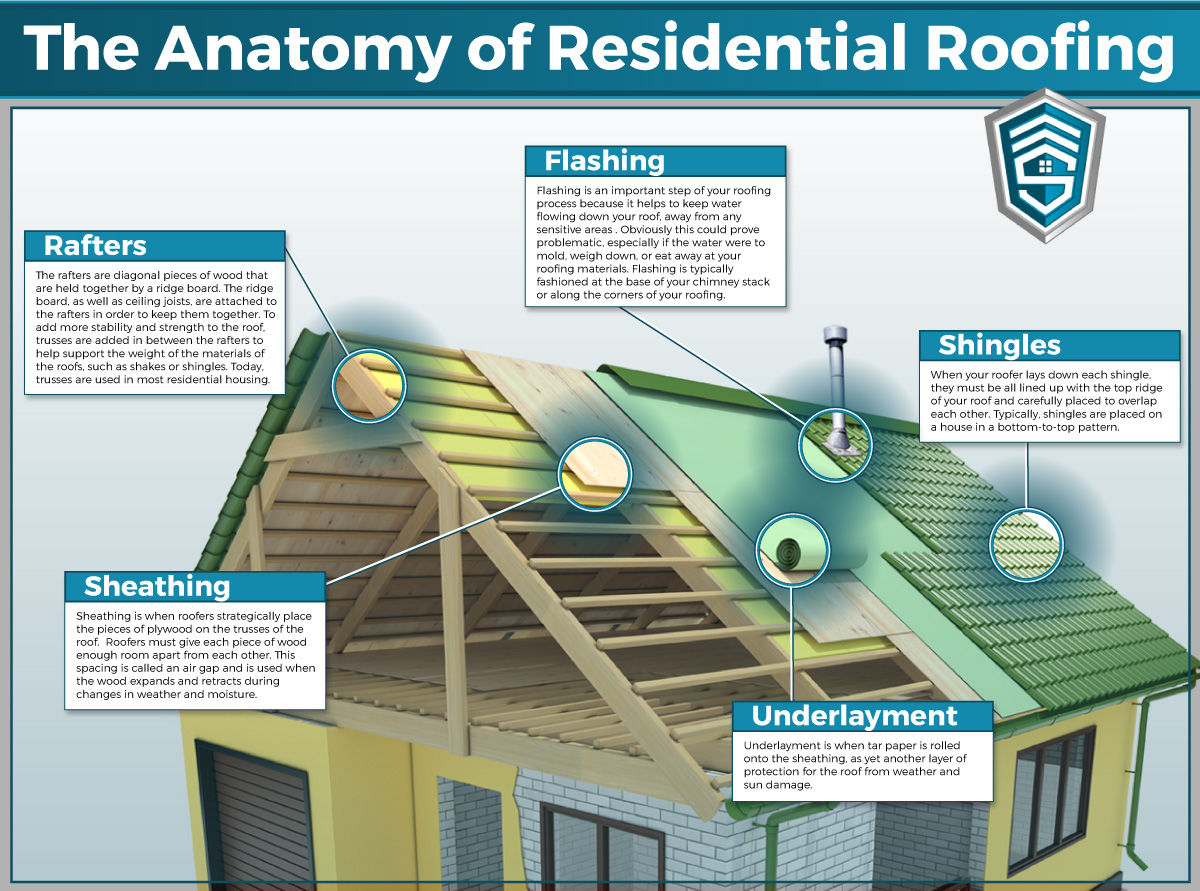Ignoring Roof Ventilation Can Cause Costly Damage; Learn The Crucial Elements That Ensure A Successful Installment And Secure Your Financial Investment
Ignoring Roof Ventilation Can Cause Costly Damage; Learn The Crucial Elements That Ensure A Successful Installment And Secure Your Financial Investment
Blog Article
Web Content Created By-Byrne copyright
When you're taking on a roofing project, you could not assume much concerning roofing ventilation, but it's more essential than you understand. Efficient ventilation aids manage temperature and moisture in your attic room, preventing problems like mold and architectural damages. By recognizing how to design and mount a well balanced air flow system, you can boost energy effectiveness and prolong the life expectancy of your roof covering products. So, what are the essential aspects to consider during setup that can make all the distinction?
Significance of Roofing Air Flow
Roofing ventilation plays an important function in keeping the general health of your home. By permitting fresh air to circulate via your attic room, it helps manage temperature level and moisture levels. This balance is important to prevent warm buildup throughout hot months, which can lead to raised power costs as your cooling burns the midnight oil.
Furthermore, proper air flow considerably minimizes the danger of moisture-related concerns like mold and mildew and mildew. If moisture levels increase, your home's architectural honesty can be compromised, leading to costly repair work. You wouldn't want to handle rotting wood or deformed roof covering materials, right?
Furthermore, appropriate air flow prolongs the life-span of your roofing system. When heat and dampness are kept in check, your roofing system can perform optimally, preventing premature deterioration. This implies fewer headaches and expenditures down the line.
How Roof Ventilation Works
Effective roofing system ventilation counts on the natural activity of air to create an equilibrium in between consumption and exhaust. When you install vents, you're basically allowing fresh air to enter your attic while making it possible for warm, stale air to get away. This procedure assists regulate temperature and wetness levels, preventing concerns like mold development and roofing system damage.
Intake vents, generally found at the eaves, reel in great air from outdoors. At the same time, exhaust vents, located near the ridge of the roofing system, let hot air rise and leave. The difference in temperature level produces a natural airflow, called the pile result. As warm air increases, it develops a vacuum that pulls in cooler air from the reduced vents.
To alamo heights roofing and siding , you require to make sure that the intake and exhaust vents are effectively sized and placed. If the consumption is restricted, you won't accomplish the preferred air flow.
Furthermore, not enough exhaust can catch heat and wetness, causing prospective damage.
Trick Installation Considerations
When installing roofing ventilation, several vital factors to consider can make or damage your system's performance. First, you need to evaluate your roof covering's layout. The pitch, shape, and materials all affect air flow and ventilation choice. See to it to pick vents that suit your roofing system kind and local environment problems.
Next, think about the positioning of your vents. Preferably, you'll want a well balanced system with consumption and exhaust vents placed for optimum air flow. roof installation san antonio, tx sky roofing construction & remodeling on the roofing and exhaust vents near the peak to urge an all-natural flow of air. This arrangement aids stop moisture buildup and advertises energy performance.
Do not forget about insulation. Appropriate insulation in your attic room avoids heat from getting away and keeps your home comfy. Guarantee that insulation does not obstruct your vents, as this can prevent air movement.
Last but not least, think about maintenance. Choose ventilation systems that are easy to access for cleaning and inspection. Normal upkeep guarantees your system remains to work effectively in time.
Verdict
To conclude, roofing air flow is necessary for an effective installation. By guaranteeing appropriate air movement, you can prevent warmth accumulation and dampness concerns that lead to costly damage. When you purposefully position consumption and exhaust vents, you boost energy performance and lengthen the life expectancy of your roof. Keep in mind, a well-ventilated roof not just shields your investment yet additionally enhances your interior air high quality. So, prioritize air flow to make certain a resistant and cost-efficient roof for your home.
